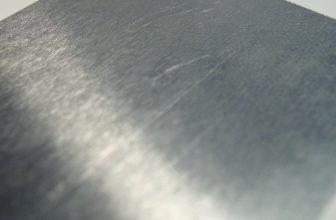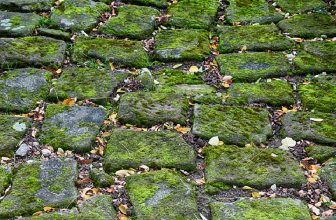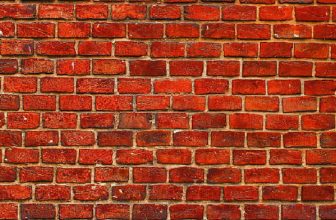How to Clean a Sous Vide
Are you an aspiring culinary whiz who loves experimenting with sous vide cooking? Enjoy the delicious possibilities of slow-cooked food like perfectly tender steak, veggies that retain their natural flavors, and juicy poached eggs without spending too much time on meal prep. Sounds amazing, right? But here’s the catch: keeping your sous vide in top shape requires maintenance. You might be wondering – how hard could it be to clean sous vide.
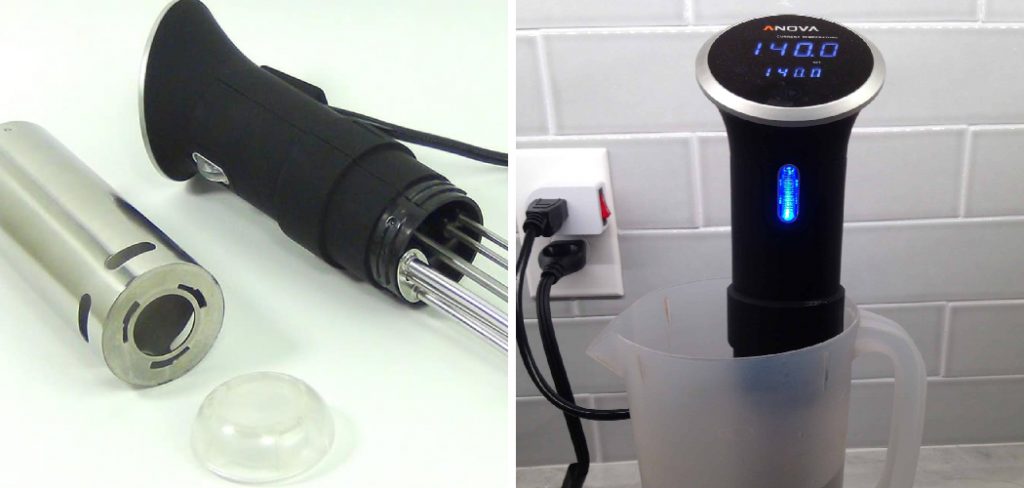
The good news is that cleaning a sous vide is easy and should only take around 15 minutes depending on how often you use the appliance! In this blog on how to clean a sous vide, we provide you with step-by-step instructions so that you can keep your unit running efficiently for years to come.
What is a Sous Vide?
Before we dive into the cleaning process, let’s understand what is a sous vide. Sous vide, French for “under vacuum”, is a cooking method where food is sealed in an air-tight bag and slowly cooked in a water bath at a precise temperature. This technique allows the food to cook evenly, retain its natural juices and flavors, and achieve perfect doneness every time.
Why Do You Need to Clean a Sous Vide?
Like any other kitchen appliance, your sous vide needs regular cleaning and maintenance to perform at its best. Over time, mineral deposits from water can build up on the heating element, affecting its efficiency. Moreover, food particles can get trapped in the circulation pump or cause discoloration of the plastic parts. Regular cleaning helps prevent these issues and maintains the quality of your sous vide cooking.
11 Step-by-step Guides on How to Clean a Sous Vide
Step 1: Unplug Your Sous Vide
For safety reasons, always unplug your sous vide and let it cool down before cleaning. You don’t want to risk any electric shock or burn yourself while cleaning. It’s also essential to ensure that the water inside has cooled down before emptying it. You can speed up the process by adding a few ice cubes to the water.
Step 2: Remove Parts and Accessories
Remove any detachable parts and accessories from your sous vide, such as the lid, cooking rack, and water tank. These parts can be cleaned separately with warm, soapy water. it’s essential to clean them regularly to prevent any buildup of bacteria. But do not soak them in water for too long as it can damage the plastic.

Step 3: Wipe Down The Outside
Using a damp cloth, wipe down the outside of your sous vide to remove any surface dirt or stains. Avoid using abrasive cleaners or harsh chemicals as they can damage the exterior of your appliance. This step is crucial, especially if you use your sous vide frequently as it can get greasy from food splatters.
Step 4: Clean The Interior
Once the outside is clean, open the lid and check for any food particles inside. Use a damp cloth or sponge to wipe down the interior of your sous vide, paying special attention to any visible residue or stains. If there are stubborn stains, you can use a mixture of equal parts white vinegar and water to soak them for 15-20 minutes before wiping them off.
Step 5: Descaling The Heating Element
Mineral deposits from water can build upon the heating element, affecting its efficiency. To remove these deposits and keep them running smoothly, use a mixture of equal parts white vinegar and water in a spray bottle. Spritz the solution on the heating element, let it sit for 10-15 minutes, then wipe it off with a clean cloth or sponge.
Step 6: Clean The Circulation Pump
Thoroughly clean the circulation pump of your sous vide by running a mixture of equal parts white vinegar and water through it. You can do this by filling the water tank with the solution and running the sous vide at its highest temperature setting for 20 minutes. Repeat this process if necessary until the water runs clear.
Step 7: Rinse With Clean Water
After cleaning the interior and detachable parts, rinse them with clean water to remove any residue of vinegar or cleaning solution. You can also use a mixture of warm water and dishwashing soap to ensure all the vinegar is rinsed off. However, be careful not to get any water in the heating element or circulation pump.
Step 8: Dry The Parts
Using a clean towel or cloth, dry all the parts and accessories thoroughly before reassembling them. Make sure there is no moisture left on them as it can lead to mold growth over time. Otherwise, you can also let them air dry before reassembling. It’s important to make sure all the parts are completely dry before using your sous vide again.
Step 9: Clean The Exterior
Using a damp cloth, wipe down the exterior of your sous vide one last time to remove any remaining cleaning solution or vinegar residue. Rinse the cloth frequently and change the water if necessary. But be careful not to get any water inside your appliance. It’s advisable to use a separate cloth for the exterior and interior cleaning.
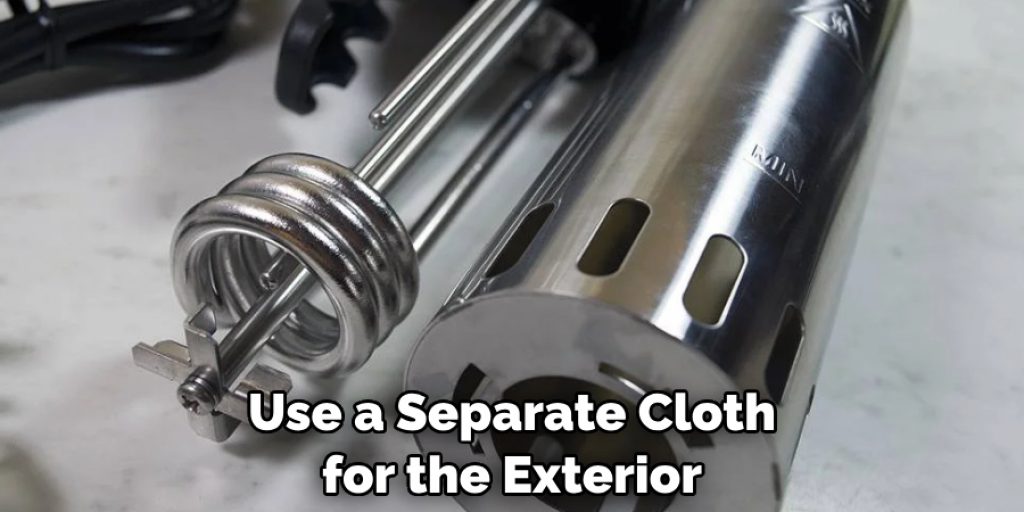
Step 10: Reassemble The Parts
Carefully reassemble all the parts and accessories of your sous vide, making sure they are correctly fitted. Do not over-tighten any screws or connections as it can damage the appliance. Also, make sure the water tank is securely attached before using your sous vide. You can check the manufacturer’s instructions for proper reassembly of your specific sous vide model.
Step 11: Store Properly
Proper storage is crucial to prevent any damage or dust build-up on your sous vide. Make sure it’s completely dry before storing it in a cool, dry place. It’s also essential to store it away from any direct sunlight or heat sources. If your sous vide came with a storage bag, use it for added protection. Always refer to the manufacturer’s instructions for specific storage recommendations.
Following these 11 easy steps on how to clean a sous vide will help keep your sous vide clean and well-maintained for many delicious meals to come. Regular cleaning also ensures that your appliance performs efficiently and safely, giving you perfectly cooked food every time. Keeping your sous vide clean is an essential part of its upkeep, so make sure to add it to your kitchen cleaning routine. Happy cooking!
Extra Tips
- Avoid Using Harsh Chemicals or Abrasive Cleaners on Your Sous Vide as They Can Damage the Appliance.
- If You Notice Any Discoloration or Staining on Your Sous Vide, Try Soaking It With a Mixture of Baking Soda and Water for 15 Minutes Before Wiping It Off.
- Always Refer to the Manufacturer’s Instructions for Specific Cleaning and Maintenance Recommendations for Your Particular Sous Vide Model.
- If You Use Your Sous Vide Frequently, Consider Cleaning It After Every Use to Prevent Any Food Residue Build-up.
- Never Submerge Your Sous Vide in Water or Run It Under the Tap as It Can Damage the Electrical Components.
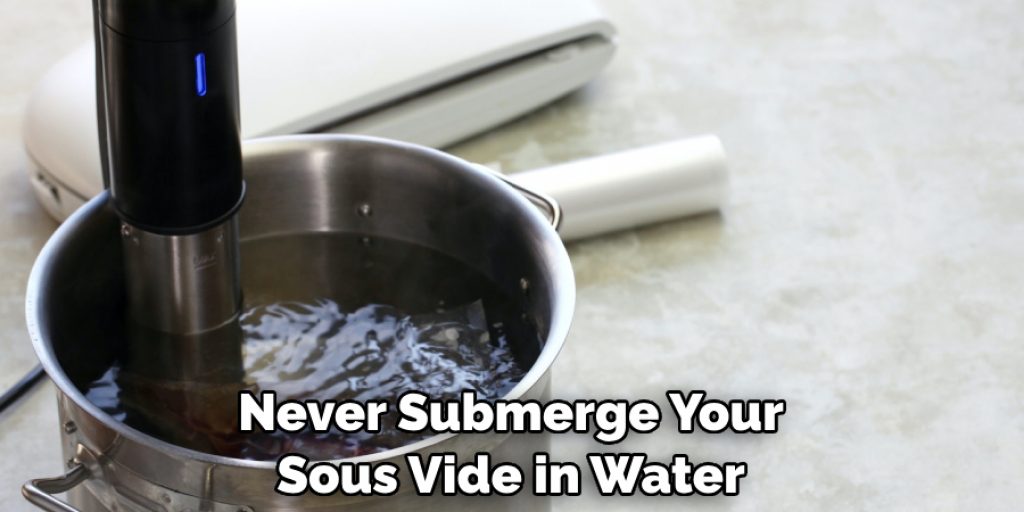
Frequently Asked Questions
Q: How Often Should I Clean My Sous Vide?
A: It’s recommended to clean your sous vide after every use or at least once a month if you don’t use it frequently. However, if you use your sous vide for long cooking times or cook fatty foods, it’s advisable to clean it more often.
Q: Can I Use Other Cleaning Products On My Sous Vide?
A: It’s best to avoid using any other cleaning products besides dishwashing soap and vinegar on your sous vide. Harsh chemicals can damage the plastic parts and affect the performance of your appliance.
Q: Can I Put My Sous Vide In The Dishwasher?
A: No, it’s not recommended to put your sous vide in the dishwasher as it can damage the heating element and other delicate parts. Always refer to the manufacturer’s instructions for proper cleaning methods for your specific sous vide model.
Q: Do I Need To Clean The Water Tank Every Time?
A: It’s essential to clean the water tank after every use to prevent any bacteria or mold growth. Use warm, soapy water and rinse thoroughly before drying it completely. Never let any water sit in the water tank for extended periods. Ans: Yes, it’s important to clean the water tank after every use to prevent any bacteria or mold growth. Warm, soapy water should be used to clean it and make sure to dry it completely before storing.
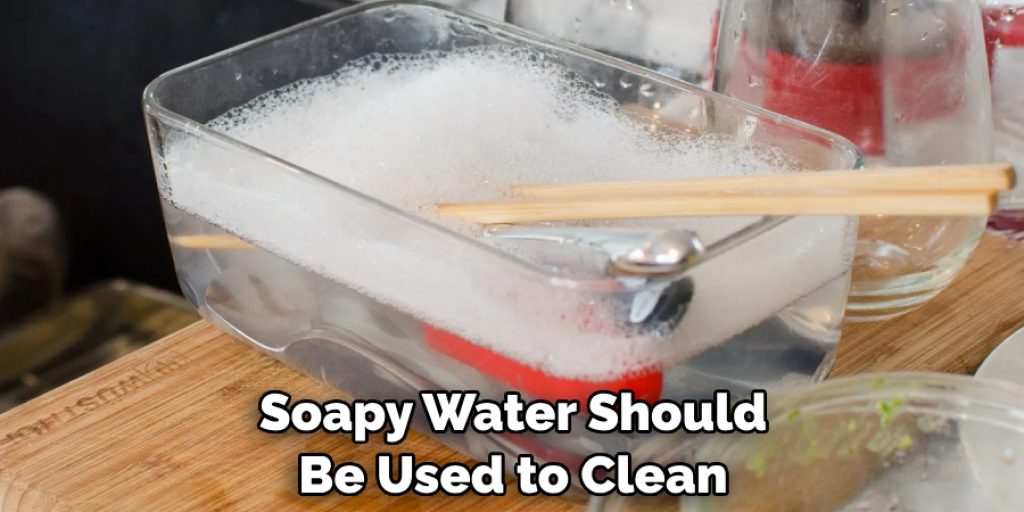
Conclusion
Ultimately, cleaning your sous vide is of utmost importance if you want to keep your machine running efficiently and safely. A combination of regular upkeep and thorough deep cleaning will ensure that your machine needles are in tip-top condition no matter how often you use them.
Don’t let the task intimidate you because, with the proper preparation and technique, this can be a quick and straightforward process. Take the time to clean your sous vide today and reap the rewards of a healthy kitchen appliance for years to come.
With easy-to-follow steps on how to clean a sous vide laid out here for reference, anyone can master basic sous vide cleaning! So don’t hesitate – roll up those sleeves and jump right in!

